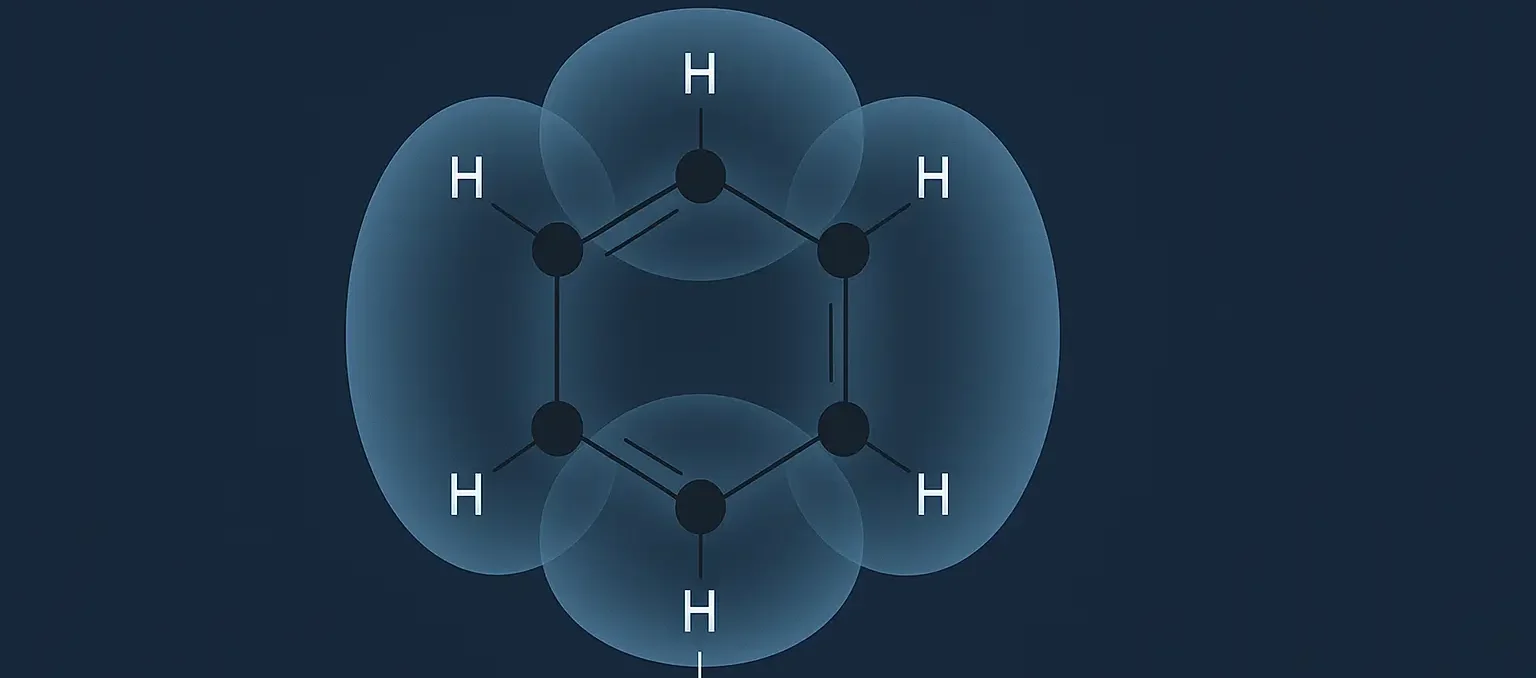Hückel’s Rule
Hückel’s rule is a criterion used to determine if a molecule is aromatic. Aromatic compounds exhibit unusual stability and unique properties due to the delocalization of π electrons in a conjugated ring system. Here are the key points: Cyclic Structure: The molecule must have a ring structure. Planarity: The molecule must be planar, which allows … Read more





